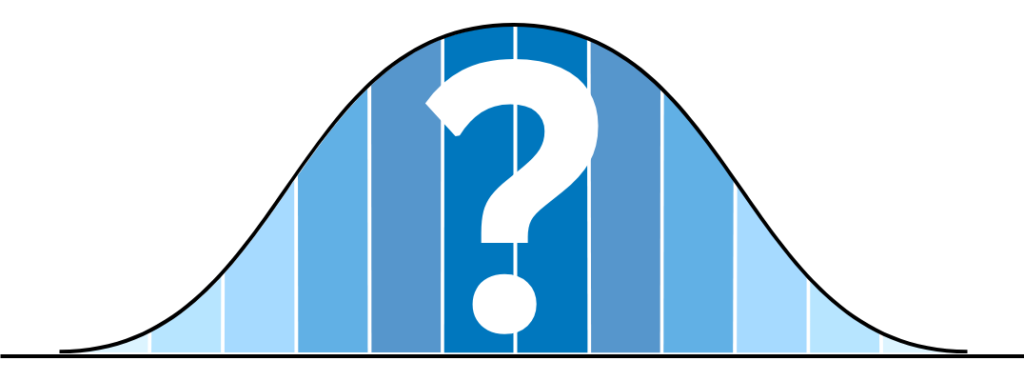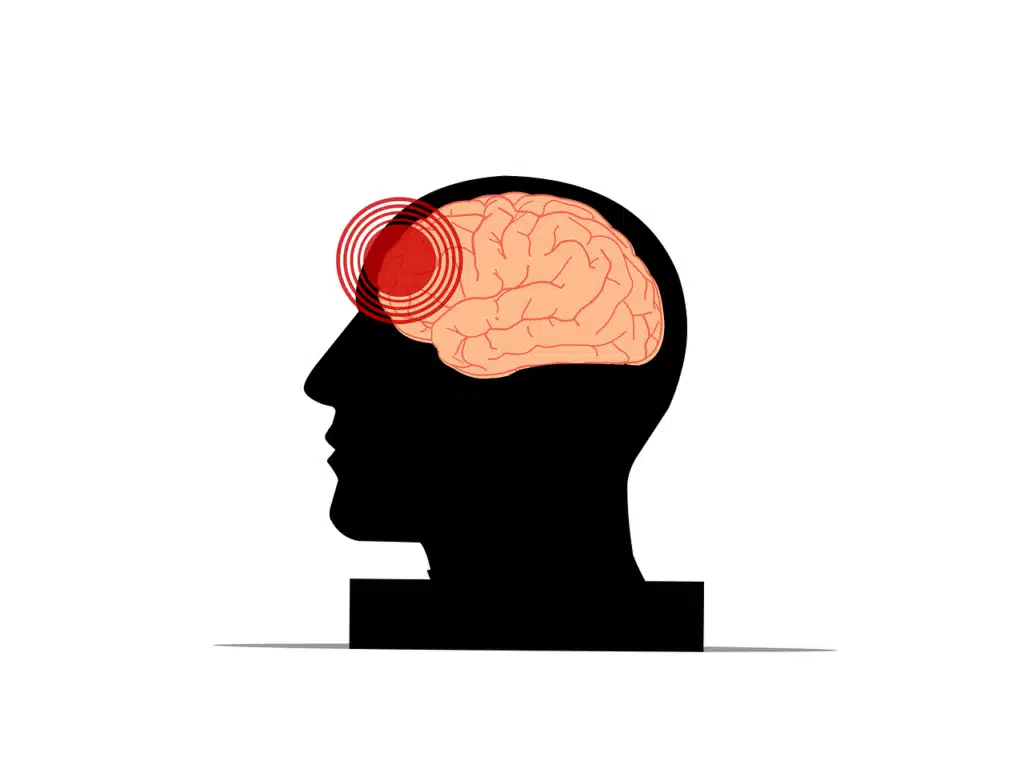Goal-Setting in Speech Therapy: When Simple Isn’t
As speech-language pathologists (SLPs), we juggle a variety of tasks. These tasks include crafting individualized therapy plans, interpreting data, and monitoring progress. One crucial aspect involves setting clear, measurable, and achievable (CMA) goals.
However, beneath the surface of seemingly straightforward goals lies a hidden world of complexities. These complexities shape our approach and celebrate nuanced advancements. Let’s explore five common aspects of therapy goals that deserve a closer look:
Increasing Fluency: Measuring What Can’t Be Controlled

While on the surface, increasing fluent speech sounds like an excellent speech goal, it really isn’t. It focuses primarily on the symptoms of a neuromuscular disorder that are not under a child’s control. This is similar to a hiccup or a hand tremor.
Better goals require you to dig deep and discover what the child needs to be a successful communicator. This could be to use strategies when they want to, tell others about their stuttering, or become less avoidant of certain speaking situations. Therapy can address both fluency strategies and communication confidence. It empowers individuals to choose when and how to use these strategies effectively in different situations.
Try utilizing a scale like my Student-Centered Articulation and Fluency Scales (Google Docs). It gives you data to help you with goal-setting, so you can better help your students become effective, confident communicators.
Problem-Solving Situations: A Cognitive Dance

Problem-solving sounds simple on the surface – find a solution, right? But it’s a multi-step cognitive dance. Therapy empowers individuals to break down situations and identify relevant details. It also generates solution options, evaluates outcomes, and ultimately chooses the best approach. We don’t just teach answers; we teach the thought process behind finding effective solutions.
Take into consideration how the scenarios are presented (verbally, pictures, etc). Consider the length and complexity of the scenario and an appropriate solution. Also, think about the maturity level of the response, the student’s background knowledge of the situation, and the concreteness of the situation. All of these aspects play an important role in how difficult the task truly is.
Describing an Object: Purpose and Complexity

Describing an object effectively goes beyond simply stating its name and color. We want individuals to use rich vocabulary, identify key features, and organize their thoughts for a clear and informative description.
Therapy delves into choosing appropriate descriptive words and constructing grammatically correct sentences. It also focuses on creating semantic connections and understanding which details are relevant to paint a clear verbal picture for the listener.
Be clear on how complex you want the description to be, and what purpose it serves. Does it define an object or paint a picture? If the goal is to name three descriptors, do you want the child to say “It has fur, four legs and a tail” or “It is a pet that barks and plays fetch”?
Minimum Prompting: The Art of Support

Minimum prompting is a nebulous concept. What kind of prompting is included (verbal, visual, modeling)? How much is minimum? Is it provided with the prompt, or after a student gives an undesired response?
Remember to write this part of the goal just like you write the rest of it. You want it clearly defined for other professionals or even a parent. They should be able to pick it up and know exactly what assistance is to be given and how to take data. Specify the type, intensity, timing, and frequency of prompting to ensure consistency in data.
80% Accuracy: The Mastery Level?
Numbers can provide a target, but progress and individual needs paint a richer picture. Eighty percent accuracy is a great goal, but we also need to be realistic in determining whether it is truly appropriate.

Consider that many academic grading systems define 60% accuracy as a passing grade, while 80% accuracy is above average. Perhaps we are shooting too high for activities that demand a high cognitive load.
Another consideration is to ensure that the effort by the student is consistent. Do you want him to perform at the criteria level 3/3 days? Perhaps 3/5 times is more appropriate, if there are other circumstances such as behavior or attention. “When fully engaged” or “when regulated” might be a useful caveat for your goals. However, if it is a consistent issue, perhaps more effective goals like self-regulation or shared attention should be the focus.
Masterful Goal-Setting
By recognizing the complexities within seemingly simple goals, we can create more targeted therapy plans. Also, by collaborating with parents and teachers to really understand the communication needs, we celebrate nuanced advancements, and empower individuals to achieve meaningful communication success.
In Mastering the Art of Measurement: A Guide to Creating Rubrics in Speech Therapy (with Bonus Example!), I explore the use of rubrics for multifaceted goal tracking. This helps to truly dive into where students are performing on more complex tasks.

Let’s continue the conversation! Share your experiences and insights on the complexities of common therapy goals in the comments below.
Social Media Icons: designed by rawpixel.com – Freepik.com











